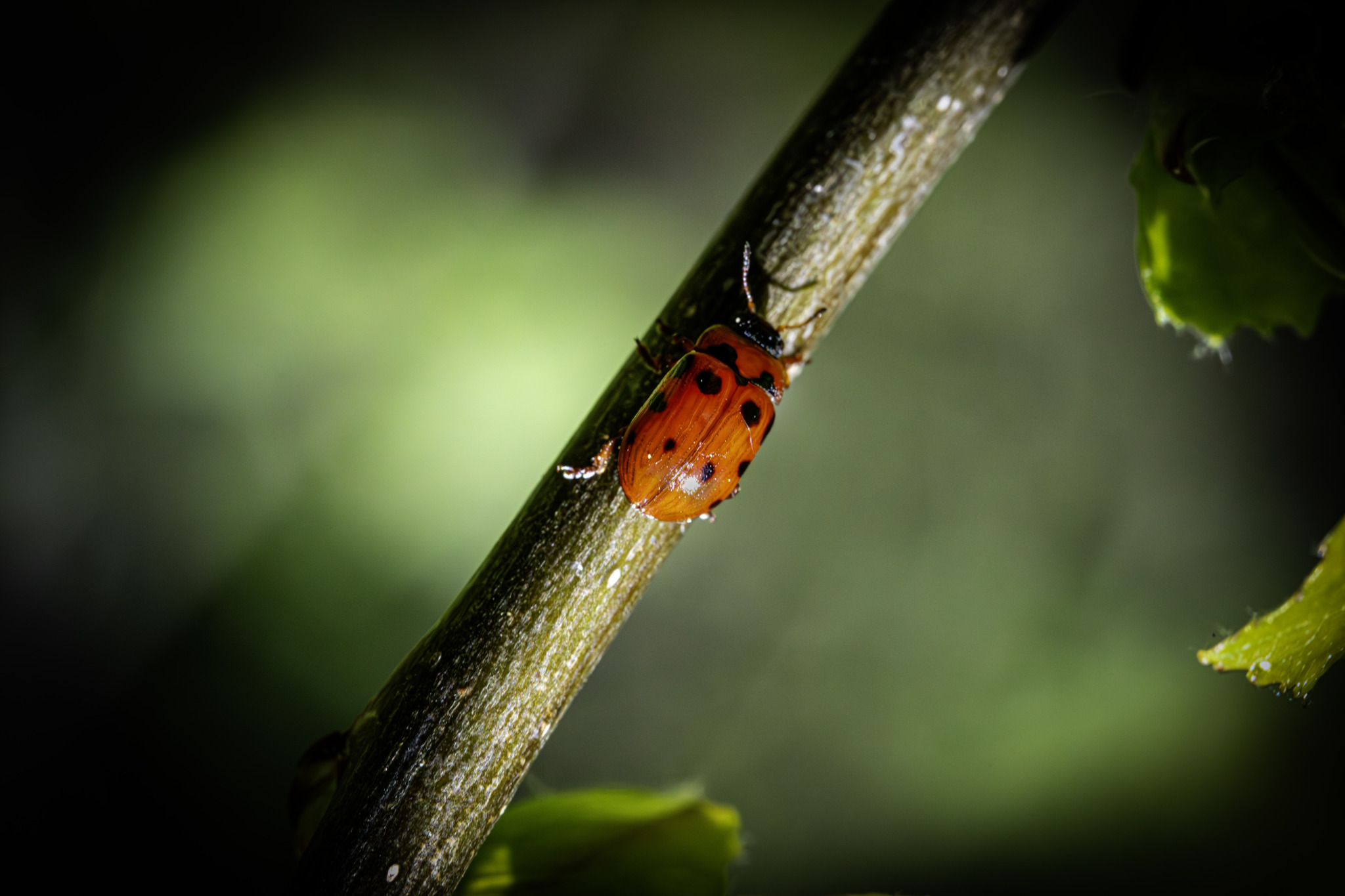The American Aspen Beetle, scientifically known as Gonioctena viminalis, is a leaf beetle that primarily feeds on aspen and willow trees. Here are some key features and characteristics of this beetle:
- Appearance:
- Size: Adult beetles are relatively small, typically measuring about 6 to 8 millimeters in length.
- Color: The beetles are usually reddish-brown or dark brown, sometimes with a metallic sheen. They may have spots or patterns on their elytra (wing covers).
- Shape: The body is oval and slightly convex, a common shape among leaf beetles.
- Habitat:
- The American Aspen Beetle is primarily associated with aspen (Populus) and willow (Salix) trees. It can be found in forests, woodlands, along riverbanks, and other areas where these trees are present.
- It thrives in temperate climates and is often found on the foliage of its host plants during the growing season.
- Distribution:
- While commonly referred to as the American Aspen Beetle, Gonioctena viminalis is native to Europe and Asia. The name may be a misnomer as it is not primarily found in America. However, related species in the genus Gonioctena can be found in North America.
- Diet and Feeding Habits:
- Adults and Larvae: Both stages feed on the leaves of aspen and willow trees. They create characteristic holes and notches in the leaves as they feed, which can lead to significant defoliation if beetle populations are high.
- Feeding Damage: The damage caused by feeding can reduce the photosynthetic capacity of the trees and, in severe cases, can stress the trees, especially young or ornamental ones.
- Lifecycle:
- The American Aspen Beetle undergoes complete metamorphosis, including egg, larval, pupal, and adult stages.
- Eggs: Females lay clusters of yellow or orange eggs on the underside of leaves.
- Larvae: The larvae are small, dark, and somewhat spiny. They feed gregariously in the early stages but become more dispersed as they grow.
- Pupation: Larvae pupate either on the leaves or in the soil/litter beneath the host tree.
- Adults: New adults emerge after pupation and continue the cycle, typically having one generation per year depending on environmental conditions.
- Behavior:
- These beetles are active during the warmer months and can often be found on the foliage of their host plants.
- Both larvae and adults are voracious feeders and can cause noticeable damage to their host trees.
- Economic and Ecological Impact:
- While they can cause significant defoliation, Gonioctena viminalis is generally not considered a major pest. However, in high numbers, they can stress young or ornamental trees, leading to reduced growth and vitality.
- In forestry and ornamental tree cultivation, heavy infestations might require management to prevent extensive damage.
- Control and Management:
- Monitoring: Regular monitoring of aspen and willow trees for signs of beetle activity can help detect early infestations. Look for feeding damage and the presence of adults and larvae on the leaves.
- Biological Control: Natural predators, such as birds and predatory insects, can help keep beetle populations in check.
- Chemical Control: In cases of severe infestation, insecticides may be used, but with caution to avoid harming non-target species and the environment.
- Cultural Practices: Maintaining tree health through proper watering, fertilization, and pruning can make trees more resilient to insect damage. Removing and destroying heavily infested leaves can also help reduce beetle numbers.
In summary, the American Aspen Beetle (Gonioctena viminalis) is a leaf beetle associated with aspen and willow trees, known for its potential to cause defoliation. Effective management involves monitoring and maintaining tree health, along with biological and, if necessary, chemical control methods to mitigate its impact.
Views: 20
Subscribe to the newsletter:
